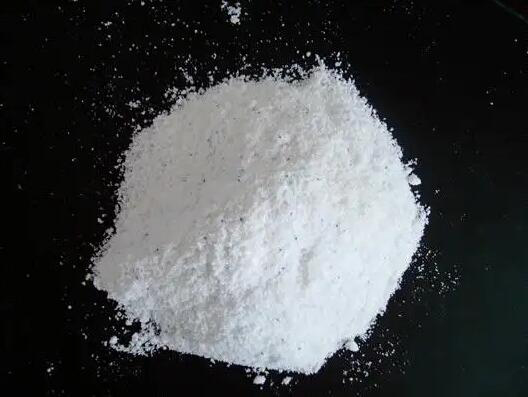4A Zeolite
The chemical formula is Na12AL12Si12O48·27H2O. It is a three-dimensional skeleton-like structure compound composed of silicon-oxygen and aluminum-oxygen tetrahedra. It belongs to the cubic crystal system. The center of the unit cell is a hole with a diameter of 1.14A. Similar holes are connected, and the free hole diameter formed by this 8-membered ring structure is 4.12A, so it is called 4A zeolite. Its traditional synthesis methods include water glass method, activated clay method, bentonite method, kaolin method and coal gangue method. The water glass method is mature and easy to control, but the cost is high. Activated clay method and bentonite method need to add aluminum source, the cost is high, and the equipment must be anti-corrosion. The kaolin method and the coal gangue method use the characteristics that its aluminum-silicon ratio is consistent with that of 4A zeolite, convert it into reactive metakaolin, and conduct hydrothermal crystallization conversion reaction in caustic soda aqueous solution to make zeolite, but this process The raw ore needs to be roasted at high temperature, and the energy loss is relatively large. At the same time, it will also cause a certain degree of pollution to the environment.
4a Detergent Zeolite Powder is a non-toxic, odorless, tasteless white powder with good fluidity. It has strong calcium ion exchange capacity and no pollution to the environment. It is an ideal non-phosphorus washing aid to replace sodium tripolyphosphate. Strong capacity, is an ideal adsorbent and desiccant.
Nature
White solid particles. It has a network structure with uniform pores with a pore size of 0.42nm and a specific surface area of about 600m2/R. It is insoluble in water and organic solvents, but soluble in strong alkalis and acids. When heated above 800°C, it recrystallizes to form a white silica-like structure. There are adsorbed moisture, liquid, gas and unsaturated organic substances. It has the ability to exchange calcium ions, the theoretical exchange capacity is 352CaCO3mg/g, generally 290~320mgCaCO3/g, the whiteness is ≥95%, the pH value is 10~11.5, the apparent density is 0.3~0.5g/cm3, and the average particle size is 2μm , the particle size distribution ≤ 4μm accounted for more than 85%. It is used as an adjuvant for phosphorus-free detergents, instead of sodium tripolyphosphate; in petroleum and other industries, it is used for drying, dehydration and purification of gases and liquids, and also as a catalyst and water softener.


